If you click on a link and make a purchase we may receive a small commission. Read our editorial policy.
The wacky history of Ant-Man and the Wasp
With the upcoming Ant-Man and the Wasp: Quantumania coming up soon, let's take a look at some of the strangest bits of Ant-Man/Wasp history

The film adaptation of Ant-Man has been a delightful spin on multiple iterations of the character, giving us an affable Scott Lang in the lead and a retired, older Hank Pym providing him with support. That cast has grown with the introduction of Michelle Pfeiffer’s Janet Van Dyne a.k.a. Wasp and development of Evangeline Lilly’s Hope a.k.a. also the Wasp.
With Ant-Man and the Wasp: Quantumania coming out soon, viewers might be wondering what the deal is with the older generation of heroes!
Fear not, we here at Popverse are ready to catch you up!
Astonishing Tales
Though they’re most famous as founding Avengers, Hank and Janet actually got their start in the sci-fi anthology book Tales to Astonish. Hank’s first story is an exciting romp, part classic cautionary science fiction, part Honey, I Shrunk the Kids, as Hank winds up shrunk down in his own backyard, trying to survive encounters with ants larger than he is while he makes his way back to his lab and the growth serum left there.

Hank had the luck of appearing right before Marvel began to heavily publish superhero comics, and so Stan Lee decided convert him from a general sci-fi short into a regular spandex-wearing hero, beginning with a 3-part story in Tales to Astonish #35.
Janet would first appear a few months later in issue #44, initially as a love interest before becoming a hero in her own right, just in time for the two to join the original incarnation of the Avengers a few months later.
Team Titans
The first Avengers outing was less of a team excursion and more of a Thor story that happened to draw a few other heroes in. After Loki frames Hulk for a train attack, Ant-Man, Wasp, and Iron Man join Thor in tracking the green goliath down to learn the truth. This leads to a showdown with Loki that convinces the heroes that they should use their disparate powers as a group. What to call themselves? Janet Van Dyne has the answer: THE AVENGERS.

By the second issue, Hank was going out as Giant-Man, and Janet, absent some of her famous later characterizations, was developing a type, verbalizing her attraction to both Thor and his alter-ego Donald Blake, in addition to Hank. The nature of team books being what they were in this era, neither would receive much in the way of characterization until they departed the team in Avengers #15. Giant-Man would sometimes do some science at a problem, and Wasp would generally attempt some miniature-scaled bit of sabotage on a supervillain’s particular technological gimmick. She would occasionally also play damsel, as the team’s lone female member—most notably in Avengers #14, where she spent the issue in critical condition with a gunshot wound, as the rest of the Avengers battled aliens in a race to save her.
After departing the Avengers, Giant-Man continued to share co-billing in Tales to Astonish, but only for a few more issues, concluding a nice run in that book with issue #69. Hank and Janet spent a few months in publishing limbo before rejoining the Avengers in issue #28, and it’s at that point that they began to develop into the characters we know today—Hank had by this point lost his initial ability to shrink, and could only grow to twenty-five feet now, no more, no less. His struggles with his powers immediately become a point of contention, as he gets stuck while attempting to return to his normal size, leaving him at ten feet tall. This immediately begins to affect his mood, causing him to mope about in classic Marvel hero fashion, until it’s fixed by technology a mere seven issues later.

Father of Death
With his full size powers restored, Hank settles into the role of brash hero, often jobbing to other characters who need their strength displayed to the reading audience, or else sneaking up on enemies with words to the effect of “They don’t know I have my shrinking powers back!”
As Goliath, Hank’s blue and yellow costume makes for a bit of flashy page display, but his and Janet’s powers don’t see much in the way of effective use, especially with the addition of Hercules to the team as the resident strongman.
Janet, sadly, spends much of this time in the Silver Age heroine archetype, swooning mid-combat and expressing her love for Hank as he saves her from some threat or another. This reaches a zenith as the supervillain Diablo takes Janet hostage, and Hank begins working with him against the Avengers in order to keep her safe. It’s the sort of thing that really begins to foreshadow his future turn, and it’s helped along in short order by his next big move: The creation of Ultron.
Folks who came to Marvel through the MCU might not be aware of this, but it’s actually Hank Pym’s fault Ultron exists, and not Tony Stark’s or Bruce Banner’s! Similarly, the original Ultron wasn’t built out of any misguided nobility; Hank simply was attempting to see if he could create true artificial intelligence.
The key turning point? Hank based Ultron’s mind on his own brain patterns. The mechanical menace would go on to become one of the Avengers’ greatest nemeses, as successive iterations hatched new plots against the team, including the creation of both the synthezoid Vision and the more robotic Jocasta.

As Ultron immediately turned homicidal, so too would Hank’s own mental health deteriorate—the very issue after Ultron’s origin is revealed, Hank undergoes a case of “accident-induced schizophrenia” that causes him to adopt the costumed identity of Yellowjacket, whereupon he demands he be allowed to join the Avengers, claiming that Giant-Man is dead, and that he has killed him.
Janet is able to suss out the truth of this and counters with a morally-dubious plan of her own; she takes advantage of Hank’s mental instability and convinces him, in his Yellowjacket guise, to marry her.
All of this happens within the first ten years of Hank and Janet’s creation!
That doesn’t account for the time Hank became an actual supervillain, the time Scott Lang stole Hank’s equipment and became the new Ant-Man, the time Janet accidentally triggered the reality-altering event House of M by reminding the Scarlet Witch of her long-lost children, or the time Hank merged with his robot son, Ultron.

The point is, while they’ve taken somewhat of a back seat in the MCU to Scott Lang and Hope van Dyne, there are a lot of great, memorable Hank and Janet stories out there, both, erm, big and small.
It’s hard to say what, if any, of them will be used to inspire their MCU iterations in their Quantum Realm adventures, as their personalities have been very different thus far, but with any luck, we’ll have a chance to see some of the character quirks that have so endeared the comic versions to fans.
Read our Ant-Man and the Wasp: Quantumania review.
Ant-Man 3: Everything you need to know from the trailers, the cast, the plot, more to Ant-Man and the Wasp: Quantumania
Follow Popverse for upcoming event coverage and news
Find out how we conduct our review by reading our review policy
Let Popverse be your tour guide through the wilderness of pop culture
Sign in and let us help you find your new favorite thing.




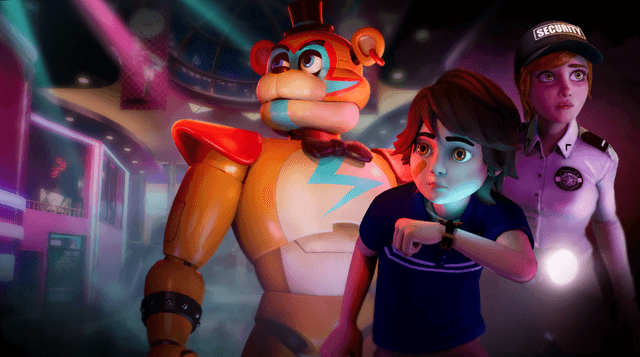
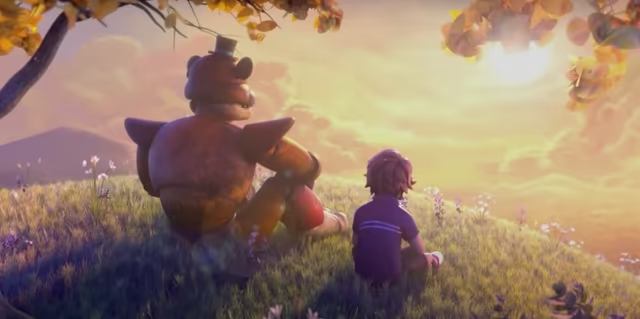
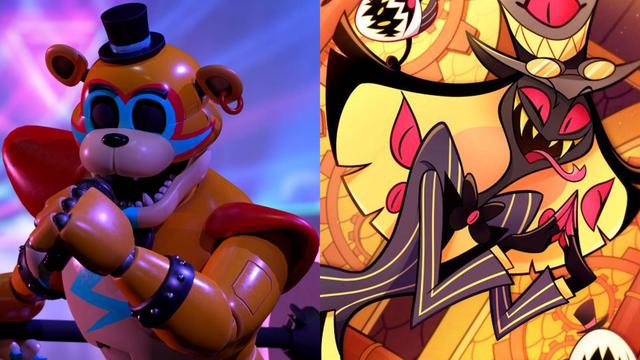

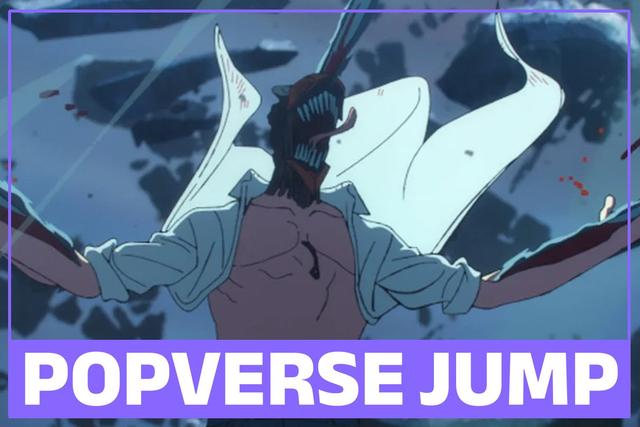
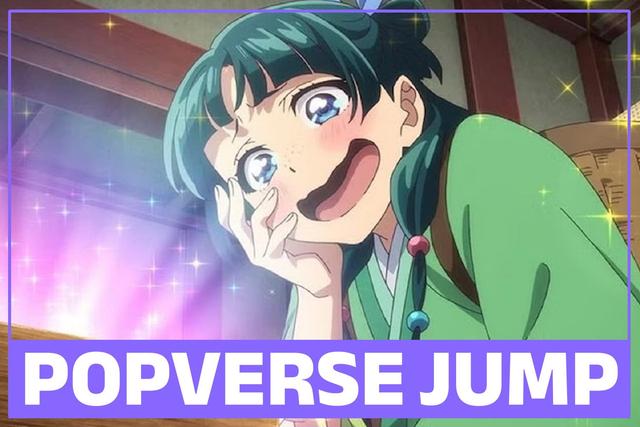






Comments
Want to join the discussion? Please activate your account first.
Visit Reedpop ID if you need to resend the confirmation email.